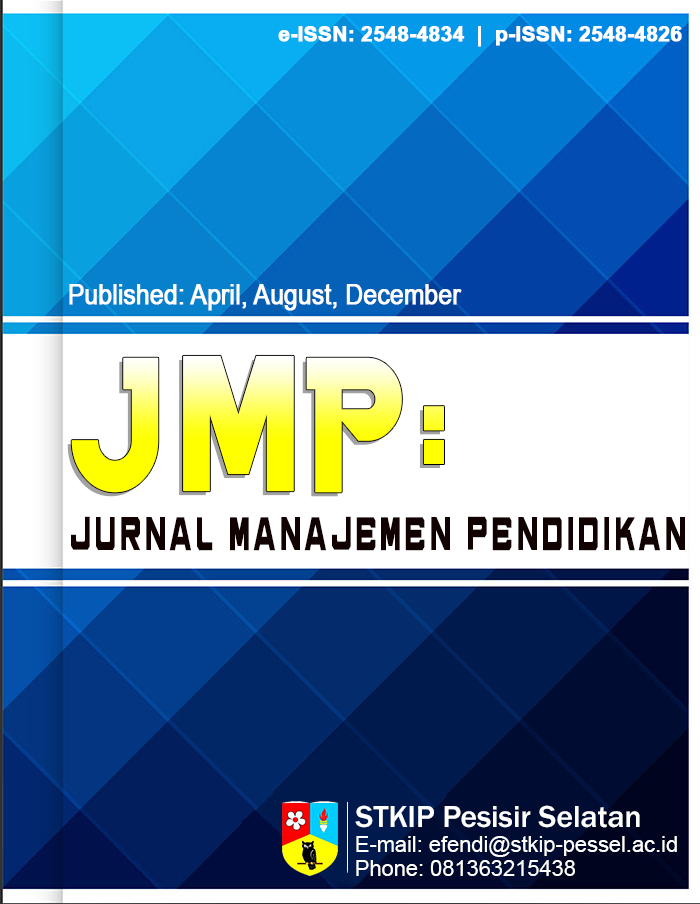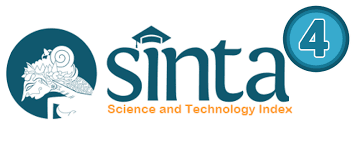STRATEGI ADMINISTRASI HUMAS BERBASIS DIGITALISASI DI SEKOLAH
DOI:
https://doi.org/10.34125/jmp.v10i2.468Keywords:
Keywords: Strategy Public Relations Administration DigitalizationAbstract
This study aims to examine the strategy of implementing digital-based public relations that can be applied in schools. Public relations plays an important role in improving the quality of schools because it directly contributes to the development of image, communication, and harmonious relationships between schools and various parties, such as students, parents, the community, and other stakeholders. The digital-based school public relations strategy is very important because it can answer the need for communication in the modern era that is fast and connected online. This study employs a literature review methodology, which involves gathering data through quotes from a variety of sources, including books and scientific journal articles. Descriptive analysis is the data analysis method employed in the meantime to elaborate on and characterize pertinent results from the evaluated literature. According to the study's findings, schools can use digitalization-based public relations techniques including 1) school websites, 2) social media, and 3) Google maps.
Downloads
Published
How to Cite
Issue
Section
License
Copyright (c) 2025 Jurnal Manajemen Pendidikan

This work is licensed under a Creative Commons Attribution-ShareAlike 4.0 International License.














